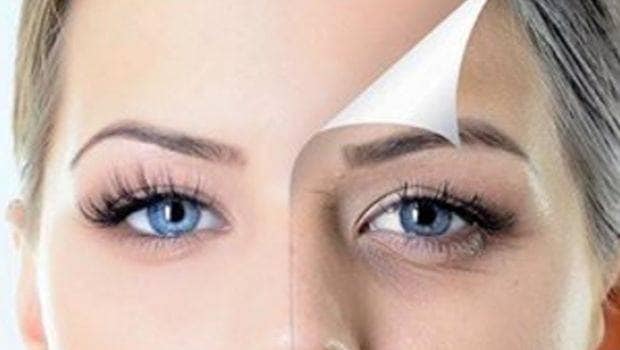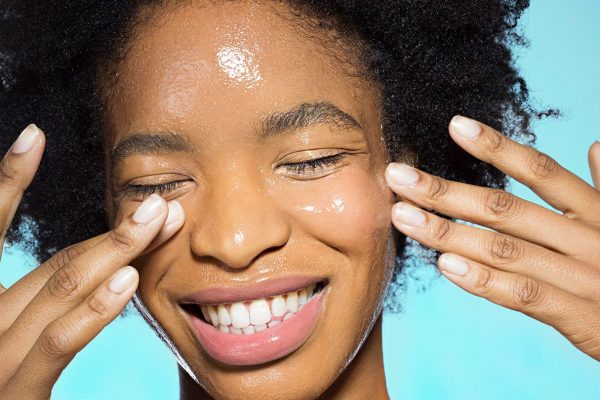Hyperpigmentation is a condition that affects many people, and it has multiple treatments available. One of the most important things you need to do in order to treat hyperpigmentation is keep your skin moisturized. When dealing with hyperpigmentation, like all other skin conditions, prevention is key.
Melasma is another type of hyperpigmentation that’s caused by hormonal changes. It’s often found on the face, particularly on the cheeks and upper lip. It can also appear during pregnancy or as a side effect of birth control pills. Most commonly, melasma appears as dark brown patches of skin.
As for post-inflammatory hyperpigmentation (PIH), this type occurs when skin has been injured such as with acne blemishes or cuts. The body produces melanin at the site of injury to protect it from additional harm—but the area may have too much melanin and lead to darker spots on the surface of your skin after you heal.
To prevent hyperpigmentation, dermatologists recommend wearing sunscreen every day with SPF 30 or higher, which should be applied 15 minutes prior to going out in the sun and reapplied throughout the day if you spend time outdoors.* You should also seek shade between 10 am and 2 pm when UV rays are most intense.*
You should always use sunscreen with broad-spectrum protection.

Whether you have hyperpigmentation or not, dermatologists recommend that you wear sunscreen of at least SPF 30 every single day. You should apply it thoroughly and often, especially if you are spending a lot of time outside. But there are also some other rules for choosing the right sunscreen for you. First of all, choose one that has “broad spectrum” protection—that means it will protect against both UVA and UVB rays.
UVA rays are different from UVB rays because they don’t cause sunburn; rather, they penetrate deeper into the skin and damage the skin cells themselves. The result is premature aging and wrinkles, as well as other cellular changes that can lead to cancer. In fact, studies show that having more UVA exposure increases your risk of melanoma (a type of skin cancer) by twofold.
UVB rays, on the other hand, cause sunburn when you’re exposed to too many at once—which can also contribute to skin cancer later in life! So look for a sunscreen with “broad-spectrum protection” listed on its label; this means it protects from both UVA and UVB rays.
Hyperpigmentation has many different treatment options.
We’ve got good news, because there are many treatment options for hyperpigmentation. These include:
1. Retinoids, which can help improve skin tone and texture
2. Lightening creams, like hydroquinone and kojic acid, to reduce the appearance of dark spots.
Recommended product:
Amarrie Hyaluronic Acid Serum+Blackhead Mask For Blackhead Removal
3. Laser resurfacing, which can also be helpful in reducing both acne scars and hyperpigmentation
4. Chemical peels, to remove the damaged top layer of skin and reveal a brighter complexion beneath
5. Microdermabrasion treatments that are gentler than chemical peels but still effective for lightening up darker areas of pigmentation on your face
6. Dermal fillers such as Juvederm or Restylane can be used to restore volume lost due to aging in areas with hyperpigmentation. This is particularly helpful if the presence of excessive pigment is caused by sun damage or trauma. A qualified dermatologist will be able to determine if this type of treatment is right for you. Finally, topical applications containing vitamin C may help fade dark spots over time. For best results, always apply sunscreen after applying any sort of topical product to your skin.
Is hyperpigmentation curable? It depends on what’s causing it.
Skin discoloration (hyperpigmentation) can be caused by sun exposure, hormones, medications or genetics. Fortunately, most of these types of hyperpigmentation are treatable and preventable.
Sun Damage
Skin darkening from the sun is called “photoaging.” If you spend a lot of time in the sun without protection, you might have developed dark spots on your face, chest or other exposed areas. To prevent further damage from the sun, sunscreen should be applied daily with SPF 30 or higher. There are also many medical skin-lightening treatments available that can help even out your skin tone and minimize existing spots.Hormones
Some women develop hormone-related hyperpigmentation during pregnancy or while taking birth control pills due to an increase in hormones like estrogen and progesterone. In these cases, medications may relieve symptoms such as acne and excess hair growth. Specific oral medications known as retinoids may be used to lighten the skin pigmentation associated with hormone changes and hormone therapy
In some cases, hyperpigmentation will fade without treatment.
Hyperpigmentation occurs when melanin is produced in excess. Melanin is the natural skin pigment that’s responsible for your skin tone. It’s produced by cells called melanocytes, which are found in the epidermis — or uppermost layer of your skin.When you have hyperpigmentation, your melanocytes overproduce melanin. This can happen due to a variety of factors, including excessive sun exposure, hormonal changes, and trauma from injuries like acne or cuts.




